Discover 11 hidden attractions, cool sights, and unusual things to do in Basildon (United Kingdom). Don't miss out on these must-see attractions: Northlands Park, Festival Leisure Park, and Gloucester Park. Also, be sure to include All Saints Church in your itinerary.
Below, you can find the list of the most amazing places you should visit in Basildon (England).
Table of Contents
Northlands Park
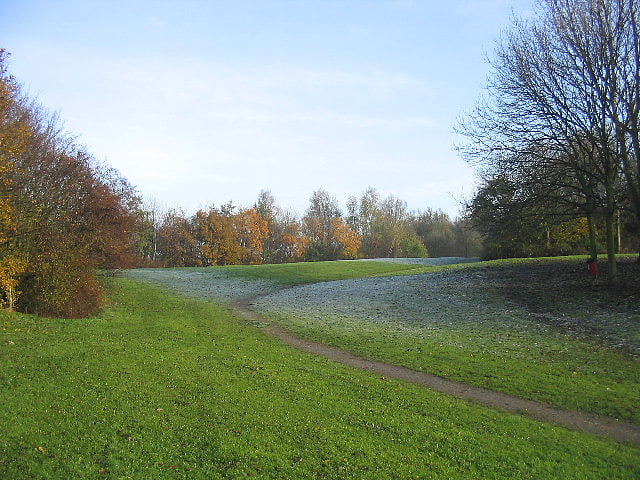
Northlands Park is a park in Basildon, Essex, England.[1]
Festival Leisure Park

Town in England. Basildon is the largest town in the borough of Basildon, within the county of Essex, England. It has a population of 107,123. In 1931 the parish had a population of 1159.
It lies 26 miles (42 km) east of Central London, 11 miles (18 km) south of the city of Chelmsford and 10 miles (16 km) west of Southend-on-Sea. Nearby smaller towns include Billericay to the north-west, Wickford to the north-east and South Benfleet to the south-east. It was created as a new town after World War II in 1948, to accommodate the London population overspill from the conglomeration of four small villages, namely Pitsea, Laindon, Basildon (the most central of the four) and Vange.
The local government district of Basildon, which was formed in 1974 and received borough status in 2010, encapsulates a larger area than the town itself; the two neighbouring towns of Billericay and Wickford, as well as rural villages and smaller settlements set among the surrounding countryside, fall within its borders. Basildon Town is one of the most densely populated areas in the county. The parish of Basildon was abolished to create Billericay on 1 January 1937.
Some of Basildon's residents work in Central London, due to the town being well connected in the county to the City of London and the Docklands financial and corporate headquarters districts, with a 36–58 minute journey from the three Basildon stations to London Fenchurch Street. Basildon also has access to the City via road, on the A127 and A13.[2]
Address: Unit 2 Festival Way, SS14 3WB Basildon (Fryerns)
Gloucester Park

Park in Basildon, England. Gloucester Park in Basildon is an urban neighbourhood park, named after the Duke of Gloucester, who opened the park in 1957. In the 1970s a 6-acre artificial fishing lake was made in the park. Since 2001 it has held the annual Basildon Festival, which moved from Wat Tyler park. It is also the training facility of Basildon Amateur Athletics Club who boast an all-weather stadium and train mostly on a Monday and Wednesday night. Other facilities at the park include a swimming pool, netball and tennis courts, bowling green, children's playground, cricket and football pitches with astro turf.
A sporting complex was built on the northern edge of the Park, initially serving as a training camp for the Olympic Games in London 2012.
The park is frequently used for cross country events throughout the year.[3]
All Saints Church
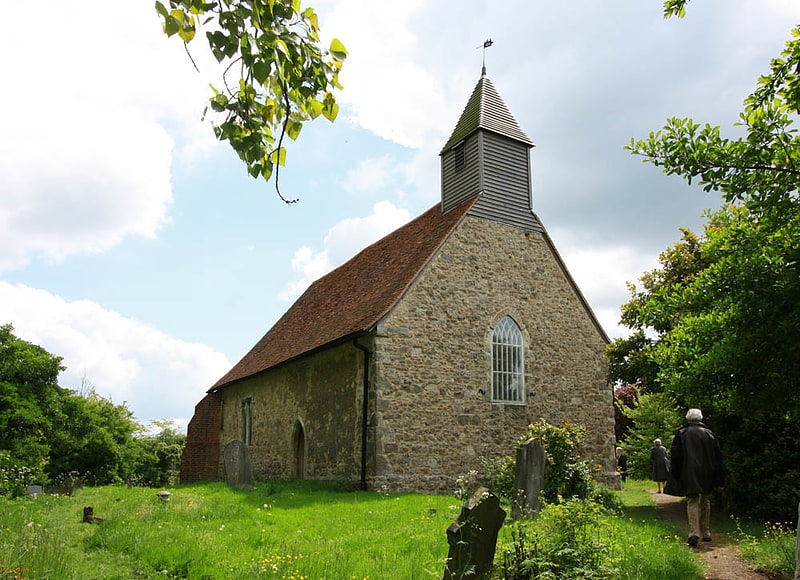
All Saints Church is a redundant Anglican church in the former village of Vange, now part of the town of Basildon, Essex, England. It is recorded in the National Heritage List for England as a designated Grade II* listed building, and is under the care of the Churches Conservation Trust. The church stands to the south of the town of Basildon, just north of the A13 road.[4]
Noak Bridge
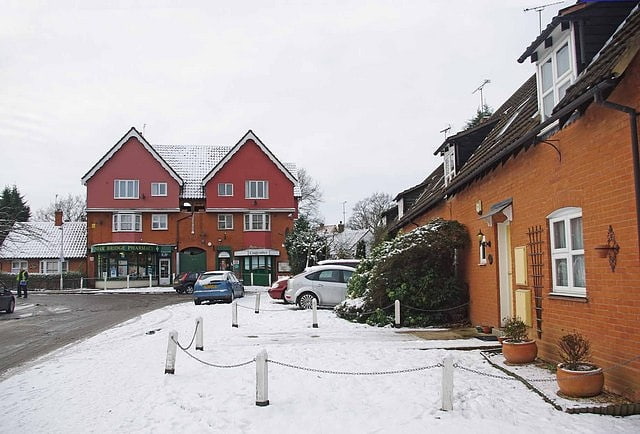
English civil parish. Noak Bridge is a housing estate in the civil parish of Laindon in Basildon, Essex.
The estate takes its name from the bridge over the River Crouch at the foot of nearby Noak Hill. Prior to its development most of the area was secondary woodland that had developed on the site of previous plotlands known as 'Central Park'. The continued use of South African street names in part of the area reflects the street names in the previous development. When people first moved into Noak Bridge the area was often popularly referred to as 'Wash Road', or the 'Wash Road Estate' after the road on its northern boundary, which in turn took its name from the 'wash' or ford that has now been replaced by a bridge just before the road's junction with Harding Elms Road.
Part of that secondary woodland survives as Noak Bridge Nature Reserve.
Noak Bridge is a rare example of a post-war, social housing estate that has been designated a Conservation Area. First planned in the 1970s as part of Basildon new town, Noak Bridge was separated from the rest of the town and it was decided that it should have the traditional character of an English village. The project architects were Maurice Naunton and George Garrard. Construction began in 1979 and within 3 years almost 400 rented dwellings had been built, including bungalows and sheltered housing, as well as a school, surgery, and shops. In terms of urban design, it as an early example of successful "place-making".[5]
Langdon Nature Reserve
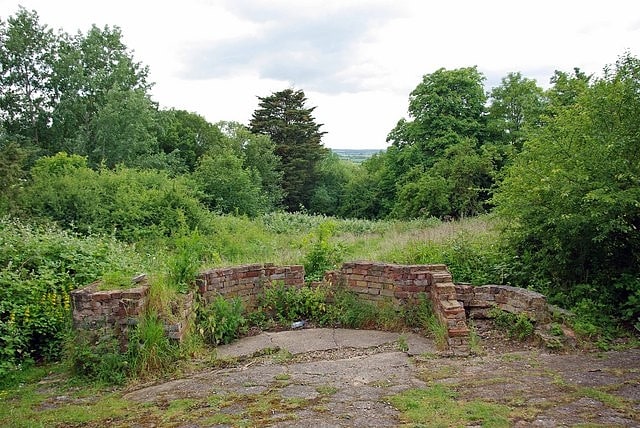
Langdon Nature Reserve is a 210 hectare nature reserve west of Basildon in Essex. It is managed by the Essex Wildlife Trust, and forms part of the Langdon Ridge Site of Special Scientific Interest.
This site has a wildlife garden, woodland, meadows and lakes. Over 350 species of flowering plants have been recorded, and 30 butterflies including white admirals, green hairstreaks, marbled whites and grizzled skippers.
The site visitor centre is on Lower Dunton Road.
The site covers the area of Dunton Plotlands, inhabited from the 1930s to the 1980s by smallholders and weekend residents. The remains of small buildings are still present.[6]
Address: Lower Dunton Road, SS16 6EB Basildon (Langdon Hills)
Wat Tyler Country Park
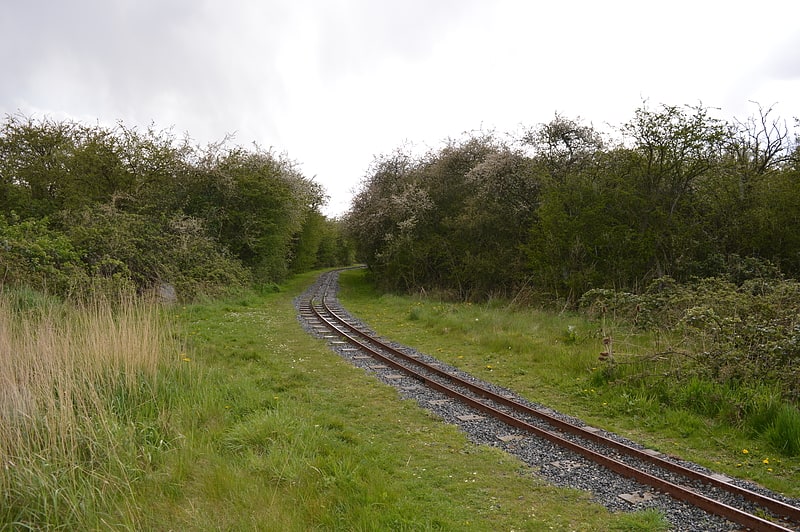
Wat Tyler Country Park is a country park located to the south of Pitsea, Essex. The area was inhabited from the Bronze Age onwards and at one time was the location of the Pitsea Explosives Factory.
The park is named after Wat Tyler, the leader of the Peasants' Revolt in 1381, which started in nearby Fobbing before spreading to London. The Revolt failed and Tyler was killed, but he is remembered as a people's champion against the rich and powerful.
Facilities include the RSPB Wildlife Garden and Visitor Centre, and a miniature railway.
Little Coopers Farmhouse that was originally located in Takeley was designated a Grade II building in 1980. In the late 1980s due to redevelopment, the whole structure was dismantled and re-built at the Wat Tyler Country Park.[7]
Dunton Plotlands
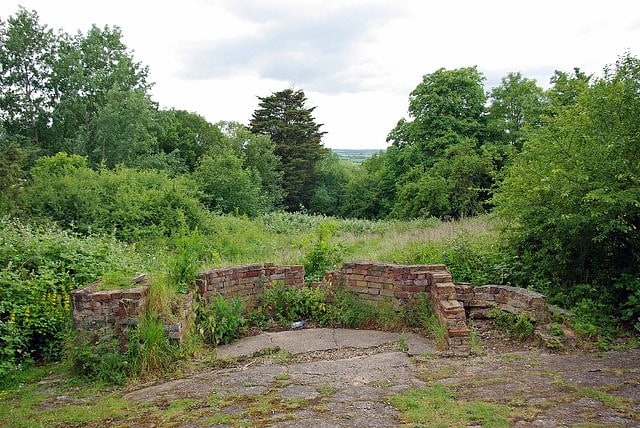
The Dunton Plotlands was an area of small rural plots of land in Dunton Wayletts, southern Essex inhabited from the 1930s to the 1980s.
The 'plotlands' consisted of small plots of land sold in the first half of the 20th century to people who built weekend cottages, holiday bungalows or smallholdings there. Many of the people building weekend cottages here would have come out from London.
With the outbreak of the Second World War, many weekenders moved out to their plots on a permanent basis, to escape the worst effects of the Blitz. This period saw the Dunton population at its highest.
After the Second World War, the new town of Basildon was created, encompassing the plotlands here and in the surrounding areas of Laindon and Pitsea. At the time, 25000 people lived in the whole area, often with unsurfaced roads and limited water supplies.
Dunton Plotlands is situated to the west of Laindon and the Langdon Hills, now on the edge of the Basildon district.
Today, Dunton Plotlands is part of the Essex Wildlife Trust's Langdon Nature Reserve. The Langdon Visitor Centre and the Haven Plotlands Museum, housed in a converted bungalow, exhibit the natural and social history of the area.
The Plotlands is still a wooded area where a small number of cottages, and some of the original grid of grass tracks remain. Visitors can look around a preserved bungalow. Many wildlife events are held throughout the year.[8]
Dunton Technical Centre
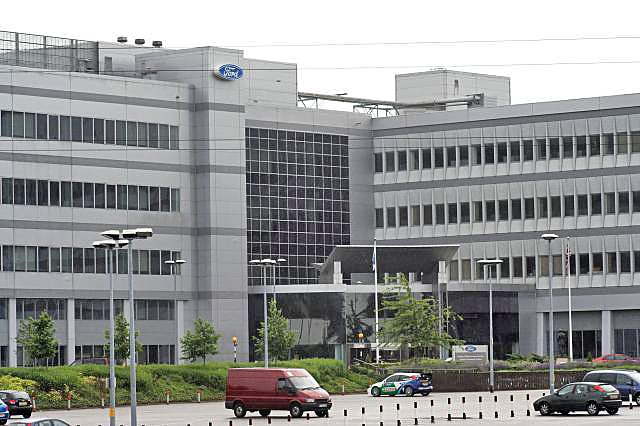
The Dunton Campus is a major automotive research and development facility located in Dunton Wayletts, Laindon, Essex, United Kingdom owned and operated by Ford Motor Company. As Ford's European headquarters, it is the largest automotive technical centre in the United Kingdom and takes its name from the nearby Dunton Wayletts. Ford Dunton houses the main design team of Ford of Europe alongside its Merkenich Technical Centre in Cologne, Germany. With the closure of Ford's Warley site in September 2019, the staff from the UK division of Ford Motor Credit Company and Ford's UK Sales and Marketing departments have moved to the Dunton site. As of November 2019, Dunton had around 4,000 staff working at the site.[9]
Address: Basildon, Dunton, Laindon, Essex, SS15 6EE
Fobbing Marsh
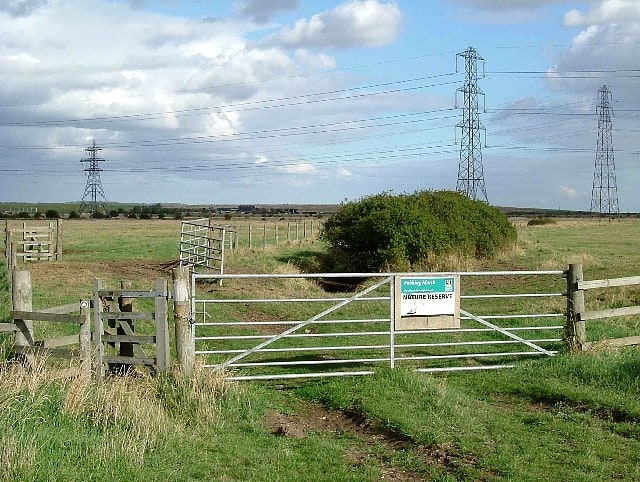
Nature preserve in Fobbing, England. Fobbing Marsh is a 75.7 hectare nature reserve east of Fobbing in Essex. It is managed by the Essex Wildlife Trust.
The site is mainly grazing marshes, but there are also areas of rough grassland, saltmarsh, seawalls and reedbed. Flowering plants include hairy buttercup, knotted hedge-parsley and the nationally rare least lettuce. There are breeding birds such as Corn buntings and yellow wagtails.
There is access by a footpath from Marsh Lane.[10]
Horndon Meadow
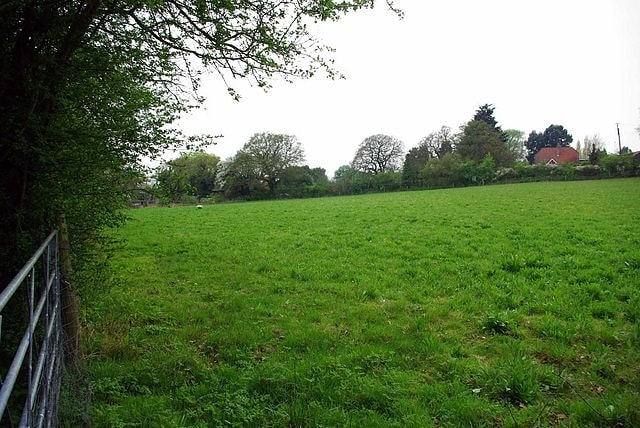
Nature reserve. Horndon Meadow is a 0.8 hectare nature reserve north of Stanford-le-Hope in Essex. It is managed by the Essex Wildlife Trust.
This site is an unimproved hay meadow, which has around eighty flower species, such as green-winged orchids, yellow rattles, musk mallows and black knapweeds. Other plants include adder's tongue ferns.
There is access from South Hill, at Tyelands Farm.[11]